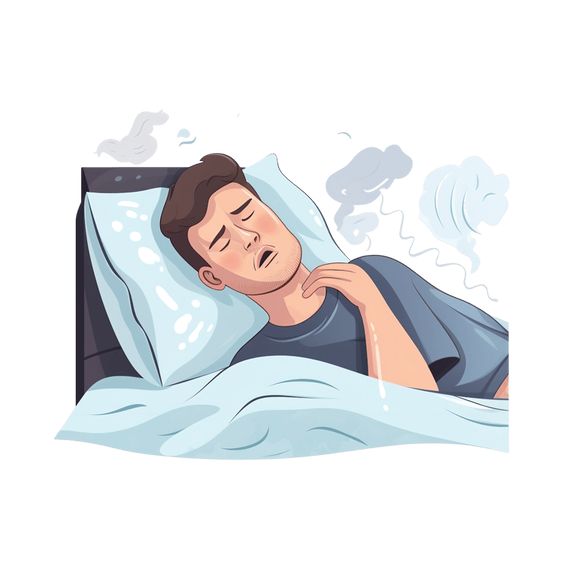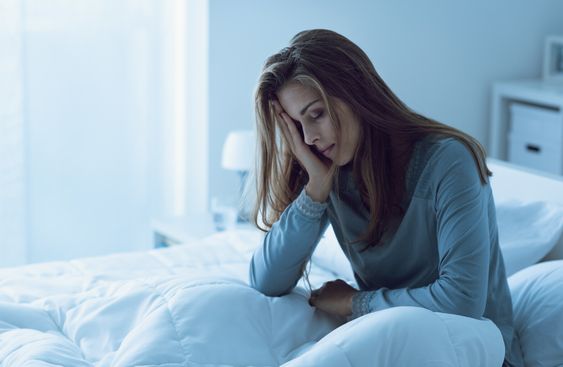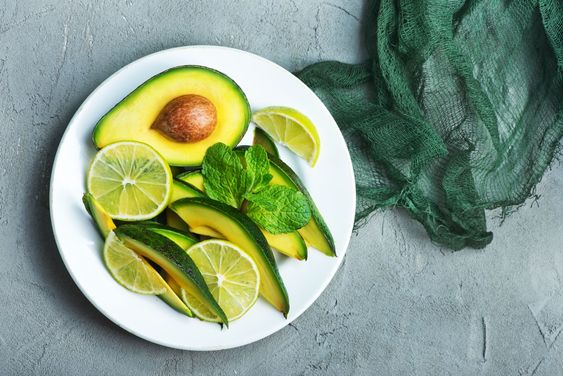Introduction:
Heat cramps are a common and painful ailment that can strike anyone, especially during strenuous physical activity in hot weather. They are caused by a depletion of electrolytes like sodium and potassium, which are essential for muscle function. When we sweat, we lose these electrolytes, and if they are not replaced, our muscles can start to cramp.

While heat cramps can be debilitating, they are also largely preventable. By taking some simple precautions, you can help keep your body's electrolyte levels balanced and reduce your risk of developing heat cramps. In this article, we will explore the causes, symptoms, and prevention strategies for heat cramps, so you can stay safe and comfortable during your summer workouts.
Understanding Heat Cramps
Heat cramps are involuntary muscle spasms that are triggered by a combination of dehydration and electrolyte loss. When you exercise in the heat, your body sweats to cool itself down. As your sweat evaporates, it draws heat away from your skin, helping to regulate your body temperature. However, sweating also causes you to lose fluids and electrolytes, particularly sodium and potassium.
If these fluids and electrolytes are not replaced, your muscles can become depleted, leading to cramps. Heat cramps typically affect the muscles that are being worked the hardest, such as your calves, hamstrings, and quadriceps. The cramps can range in intensity from mild to excruciating, and they may last for a few minutes or several hours.





